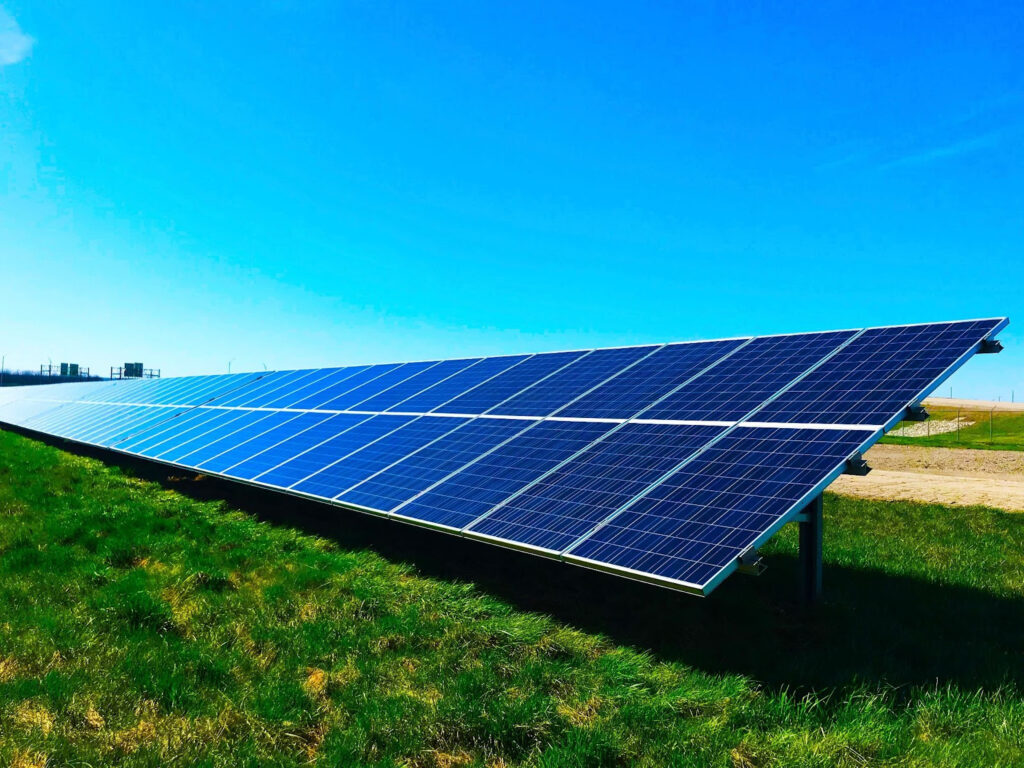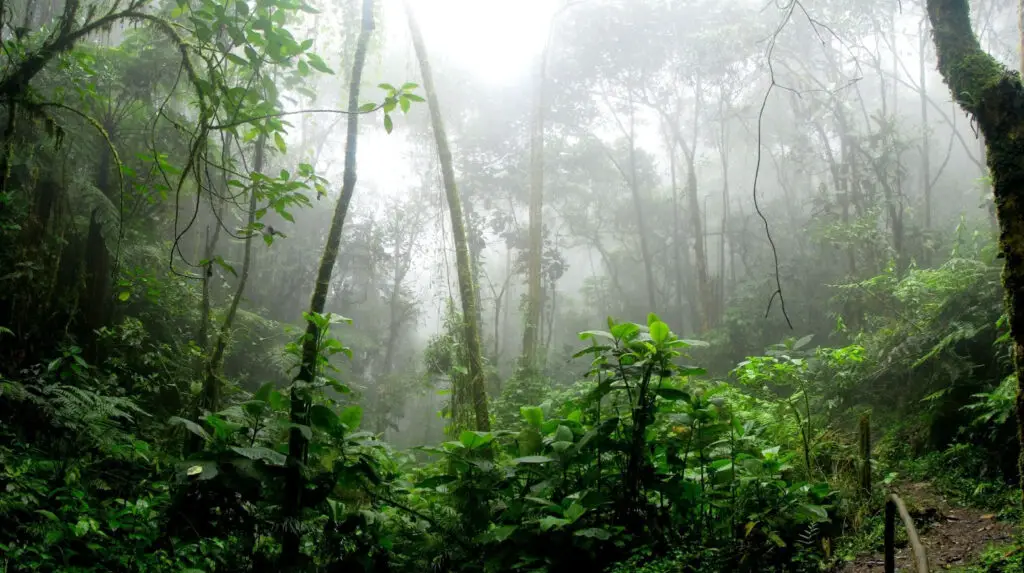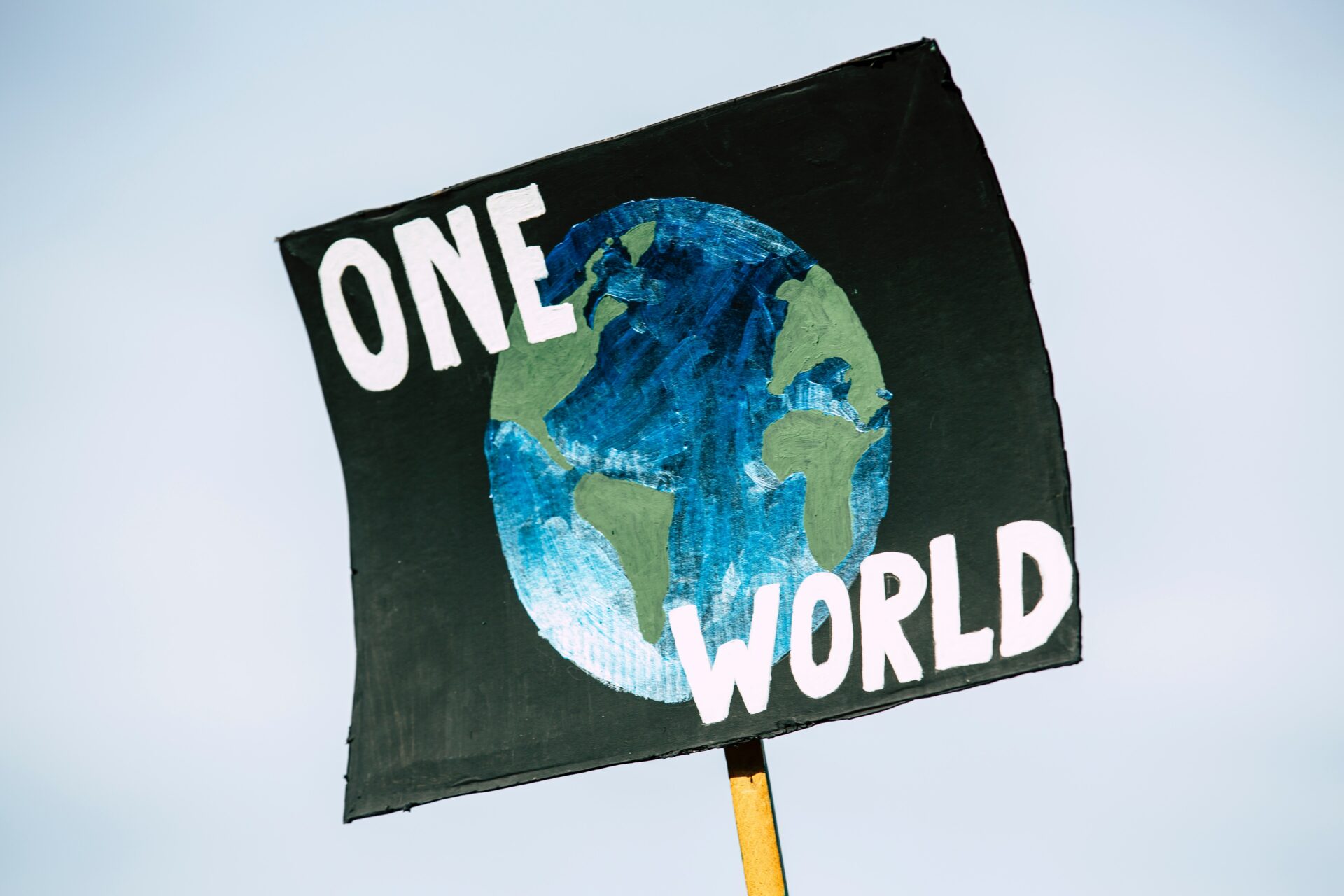Earth Day will be celebrated this Saturday, April 22. Our Goldilocks planet has done it again — it’s carried us through yet another trip around the sun. That’s worth celebrating.
In a world where frightening headlines frequent our news channels, a sprinkle of positivity couldn’t hurt. And what better time than now? So, in honor of Mama Nature’s special day, we’re pleased to share some of the most encouraging environmental news.
Plus, we’ll dig into the history of this international holiday and provide you with some info on Earth Day 2023 events taking place across the US. Get involved and join the celebration!
Earth Day 2023: Positive Climate News — An Overview
The EU Council Supports Phasing Out Fossil Fuels
A united stance will be taken by the EU Council to promote cleaner energy. The bloc agreed to team up and encourage global efforts toward utilizing energy systems that don’t require unabated fossil fuels. The goal is to accelerate actions taken and “phase out” the use of fossil fuels well before 2050.
This will be the bloc’s priority topic during the COP28 summit in November 2023. The conference will be held in the UAE, one of the world’s leading oil and gas producers.
Renewable Energy Production Hit Record Levels in the US

In 2022, the United States broke records, with over 40% of its energy output coming from carbon-free sources. Solar, wind, hydro, and nuclear power are the key renewable generators contributing to this figure. The report also noted a rise in wind and solar power use in 2022. Additionally, electric vehicle (EV) sales boosted by about 50% in 2022.
Norway Reduces Traffic With a New Cycle Tunnel
On April 15th, 2023, Norway opened the longest purpose-built walking and cycle tunnel.
Cycling and running events took place through the new passageway to kick things off.
The tunnel (called the Fyllingsdalstunnelen) connects two residential areas: Fyllingsdalen and Mindemyren. It was built with the intention of reducing car traffic and emissions by making it easier to opt for cycling or walking. Before, it would take about 40 minutes to cycle from one town to the other. The tunnel cut the route down to 7.8 kilometers, which converts to a cycling time of just 25 minutes.
Plastic-Eating Robots Are Cleaning Our Waters
There’s a new fish in the water, and it’s consuming harmful microplastics. Eleanor Mackintosh, a student at the University of Surrey, designed an award-winning robotic fish that can filter through various bodies of water.
It maneuvers through the water just like a fish, flapping its fins and propping its mouth wide open. Inside the bot is a cavity that fills with water — when it’s full, the mouth closes. The cavity is built with a rising floor that forces water out while capturing tiny bits of plastic in a fine mesh filter.
The current remote-controlled prototype can catch debris as small as 2mm. And it even glows in the dark! There’s talk about streamlining future models that will swim independently, be more hydrodynamic, and catch smaller plastic particles.
Brazil Aims to Phase Out Deforestation

President Luiz Inácio Lula da Silva pledged to reduce deforestation to net zero by 2030. The World Bank is bolstering these climate goals with a loan of $500 million.
Luiz’s efforts couldn’t be more opposite to those taken by former president Jair Bolsonaro, who left office at the end of December 2022. In fact, during Bolsnaro’s last month in office, there was a 150% increase in deforestation in the Brazillian Amazon (compared to the previous year).
Luiz has a history of taking strong environmental action during his previous presidential tenure (2003-2011). His former Environment Minister, Marina Silva, helped reduce deforestation by 84% between 2004 to 2012. Silva will be returning to her role under Luiz’s new administration.
Earth’s Ozone Layer Is Healing
Since the 1987 agreement (the Montreal Protocol) banned ozone-harming chemicals, there’s evidence that the ozone layer is bouncing back. In the last scientific assessment (2018), signs indicated that the ozone was on track for healing. However, evidence of recovery was much more tangible in the 2022 report.
That said, the healing process is slow. The majority of the ozone is on track to recover by 2040, but the largest hole over Antarctica probably won’t be entirely sealed until 2066.
The ozone is critical for protecting our planet and us from dangerous radiation levels. Increased radiation can disrupt biological systems, harm wildlife, and cause agricultural destruction. Its effects on our human bodies could lead to serious health conditions such as skin cancer and cataracts.
Multiple Countries Support Banning Deep Sea Mining
The International Seabed Authority (ISA) is currently writing a global mining code that may authorize the extraction of deep-sea minerals for commercial use. This license would be the first of its kind and could be issued as early as 2024. It holds great financial appeal since the ocean floor is rich in valuable metals, including cobalt, manganese, nickel, copper, and more.
On the other hand, this would prove environmentally disastrous. Toxic metals would likely seep into marine food networks; fragile ecosystems could get buried and deteriorate. And when our oceans are not healthy, neither is our environment. Oceans play a crucial role in carbon regulation. So harming oceans will ultimately harm the rest of the planet — including us.
For these reasons, there’s strong opposition from a number of regions across Latin America, the Caribbean, and the UN member states. There’s also concern about the lack of research that’s been done. Without proper research, it’s hard to measure the severity of damage that deep-sea mining could cause. Chile, currently leading the ISA’s Legal Council, is pressing for a 15-year delay on the mining code to encourage more research before action is taken.
Several Countries Will Support Saving Global Biodiversity

Close to 190 nations came together at Quebec’s COP15 meeting, coming to a groundbreaking agreement to protect 30% of the planet’s land and sea. Currently, only about 17% of the land and 8% of the ocean is protected. This will impose strict regulations on human activities such as fishing, farming, and mining.
As of now, only two countries in the world are not party to the Convention on Biological Diversity, and the US is one of them (the other is the Holy See). That said, Biden did lay out a similar plan to protect 30% of all US land and seas.
Biodiversity has been steadily declining at a sobering, never-seen-before rate. About a million plant and animal species are estimated to be at risk of extinction — most of which could be lost within mere decades.
The US Passed its Biggest Climate Bill Ever
Last year, the Inflation Reduction Act was signed into law. It’s a historical climate and tax deal that pushes billions of dollars toward programs that support expediting the transition to clean energy. The US Senate is hopeful that these efforts will reduce US carbon emissions by 40% within the decade.
Here are the key actions that will be taken under the Inflation Reduction Act:
- Electric vehicle (EV) incentives — a federal tax credit of up to $7,500 is provided to households that purchase new EVs, plus up to $4,000 credit for used (up to 2 years) EVs.
- Taxes on excess methane production — energy producers are held accountable for surpassing certain levels of methane gas production. Fines will start (in 2024) at $900 per metric ton of methane emissions emitted. This will rise to $1,500 per metric ton in 2026.
- Financing for clean energy — $60 billion has been funneled toward clean energy production. This includes $30 billion for the domestic manufacturing of clean energy producers (solar panels, wind turbines, batteries, etc.) Also, $10 billion is directed to investment tax credits for EV manufacturing facilities and clean energy tech.
- Funding access to green energy — $27 billion has been directed toward the Greenhouse Gas Reduction Fund to distribute clean energy across the US, especially in overburdened communities.
- Investments in pollution-burdened communities — $60 billion goes towards tackling pollution and climate change effects on low-income communities and communities of color.
- Reduction of agricultural emissions — $20 billion has been invested in programs that cut agricultural emissions, which account for an estimated 10% or more of the US’s emissions.
The EU Signed a New Law to Halt Global Deforestation
An agreement was settled between the European Council and the European Parliament that would endorse a law to fight worldwide deforestation.
The plan is to produce two lists. The first will note products known to directly contribute to deforestation (i.e., palm oil, soy, rubber). The second list will determine countries where deforestation is most extreme.
Private companies that handle imports to Europe must refer to the lists and prove products did not contribute to recent deforestation (any time after December 31, 2020). They will also need to prove that the products were legally produced in compliance with the law in their country of origin.
What Is Earth Day, and Why Is It Celebrated?

Earth Day is not only a day to celebrate our lovely planet but also an anniversary. It marks the date that started a ripple effect in the modern-day environmental movement.
Senator Gaylord Nelson launched the first Earth Day in 1970. The declining state of the US’s environment, and a devastating oil spill in Santa Barbara, California, compelled Nelson to inspire change.
Word of this spread like wildfire, reaching about 20 million Americans. Several organizations, faith groups, student bodies, and others joined forces and demonstrated against the impacts of about 150 years of environmental deterioration. It was a monumental alignment of opposing political parties and people of all different classes and backgrounds.
Their efforts prevailed. By the end of 1970, the United States Environmental Protection Agency was established, and with it came a new set of environmental laws. Within a few years, additional laws were added to support environmental education, clean air and water, occupational safety and health, and the protection of endangered species.
By 1990, Earth Day became internationally recognized, bringing environmental issues to the forefront in 141 countries.
How to Celebrate Earth Day 2023
There are various ways you can celebrate Earth Day 2023 independently. By planting a tree, cleaning up plastic from your local park, spending time in nature (such as hiking or birdwatching), or planting native wildflowers for the bees.
There are also tons of events being held globally. Some of the biggest US events include:
- The Cape Coral Cleanup — Cape Coral, Florida.
- Earth Day Jubilee at Heal the Bay Aquarium — Santa Monica, California
- Earth Day: In Love and Rage at City Hall Plaza — Boston, Massachusetts
- End of the Era of Fossil Fuels at Freedom Plaza — Washington D.C.
- The Pledge to Our Keiki Dive — All Hawaiian Islands
Need help finding an event near you? Not to worry, there are plenty more! Check out this Earth Day events interactive map to find out how you can get involved.
- Earth Day 2023: Celebrating the Good Climate News of Today - April 20, 2023
- North Carolina Park Grants Promote Accessibility Outdoors - April 7, 2023
